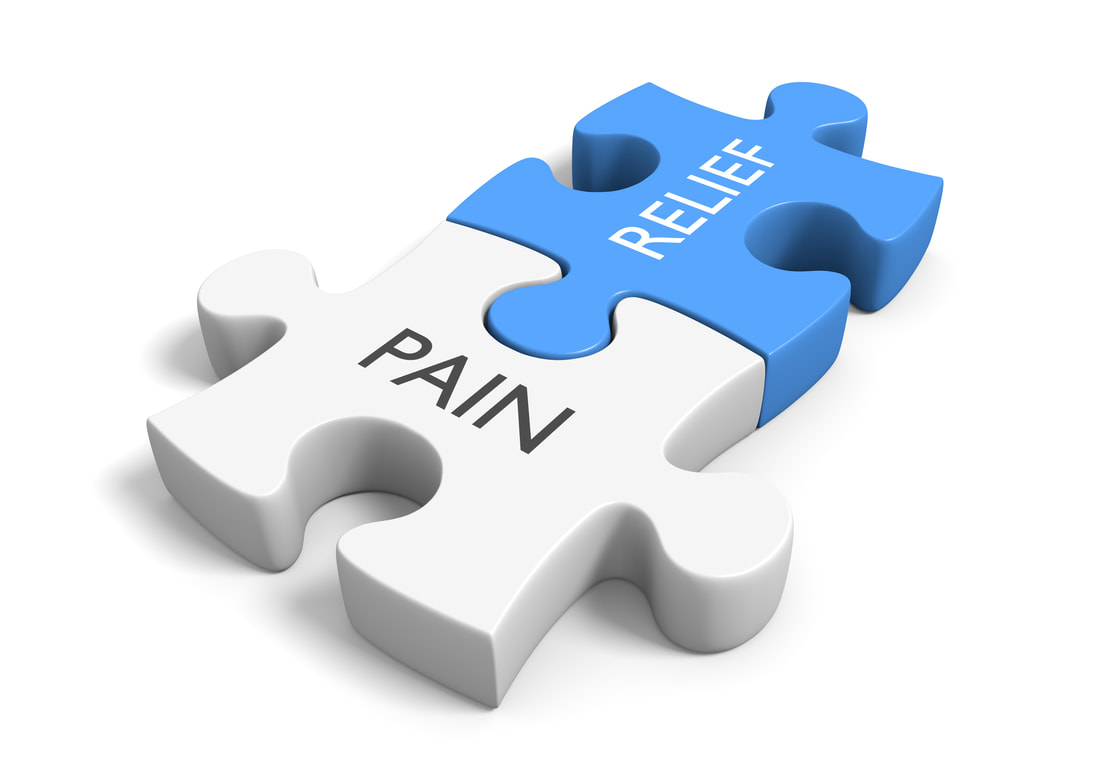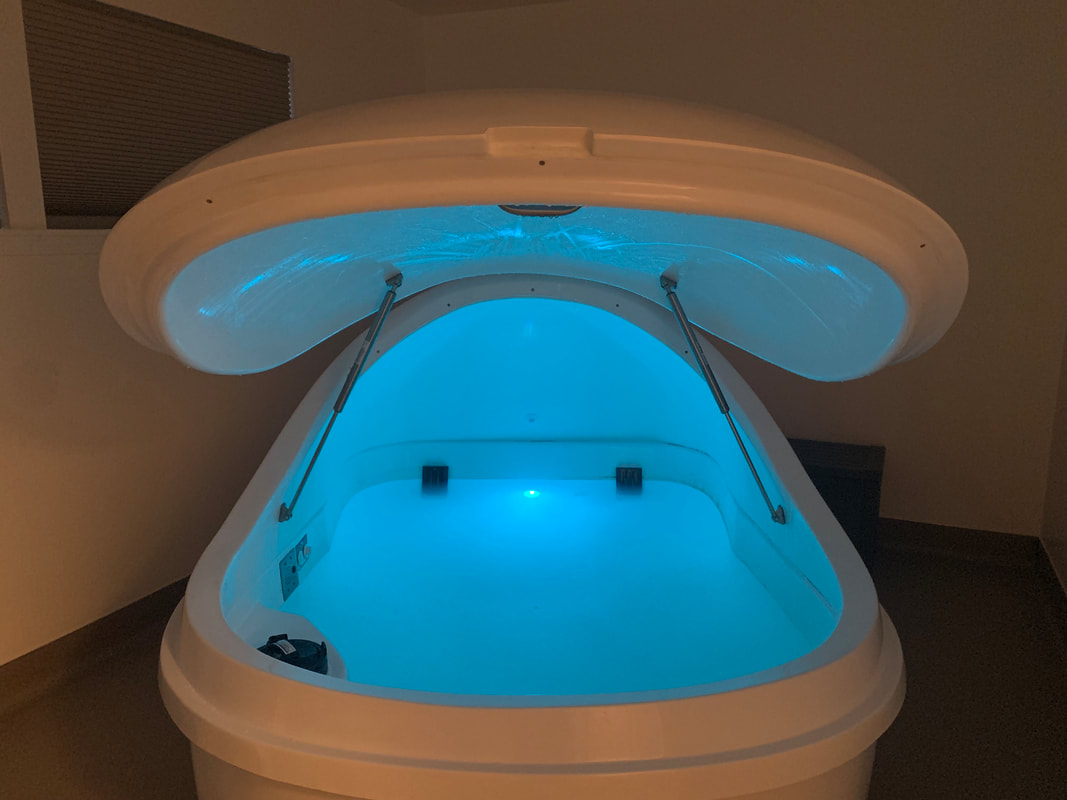|
Do you or someone you know suffer with debilitating pain? Pain may prevent good sleep, ability to exercise or perform daily tasks and can make you feel, well just grumpy. Here at Northern Arizona Massage and Wellness we are always looking for ways to help our clients manage pain.
Please give us a call with any questions you may have about any of these treatments and how they can help you manage pain without drugs or surgery. We are happy to help you come up with a plan to move forward out of pain.
0 Comments
Sensory deprivation tanks, also known as isolation tanks or float tanks, are a way to promote relaxation, meditation, and mental and physical health. The tanks are designed to provide a completely sensory-free environment, allowing individuals to float effortlessly in a pool of warm water that contains a large amount of epsom salts, in complete darkness and silence. This type of sensory deprivation has been shown to have numerous benefits for both physical and mental health.
One of the primary benefits of sensory deprivation tanks is their ability to reduce stress and anxiety. When we are constantly bombarded with external stimuli, it can be difficult to fully relax and quiet our minds. By removing all sensory input, isolation tanks allow individuals to enter a deep state of relaxation and reduce their stress levels. This can be especially helpful for individuals who suffer from chronic stress or anxiety disorders. Another benefit of sensory deprivation tanks is their ability to improve physical performance and recovery. Floating in warm salt water can help to alleviate muscle tension and promote relaxation, which can help athletes recover more quickly from intense workouts or injuries. Additionally, the lack of sensory input can help individuals to focus on their breath and body awareness, which can lead to improved performance in activities like yoga or meditation. Floating can also improve circulation and reduce blood pressure, improve body/mind connection, improve ability to sleep and improve quality of sleep, strengthen the immune system, and soothe chronic pain. Overall, sensory deprivation tanks offer a unique and effective way to promote relaxation, reduce stress and anxiety, and improve physical performance and recovery. The effects of floating are cumulative so regular floating is recommended. The float tank at Northern Arizona Massage Therapy & Wellness is the first publicly available Float Tank in Flagstaff and is available for booking now! We have float tank sessions available for 60, 90, and 120 minutes. If you prefer some light, our pod is equipped with chromotherapy, or colored lights. We leave enough time between floaters to allow for full sanitization of the water. We look forward to seeing you! |
AuthorKristina Wulbern, LMT is the owner of Northern Arizona Massage and Wellness. ArchivesCategories |
Proudly powered by Weebly



 RSS Feed
RSS Feed